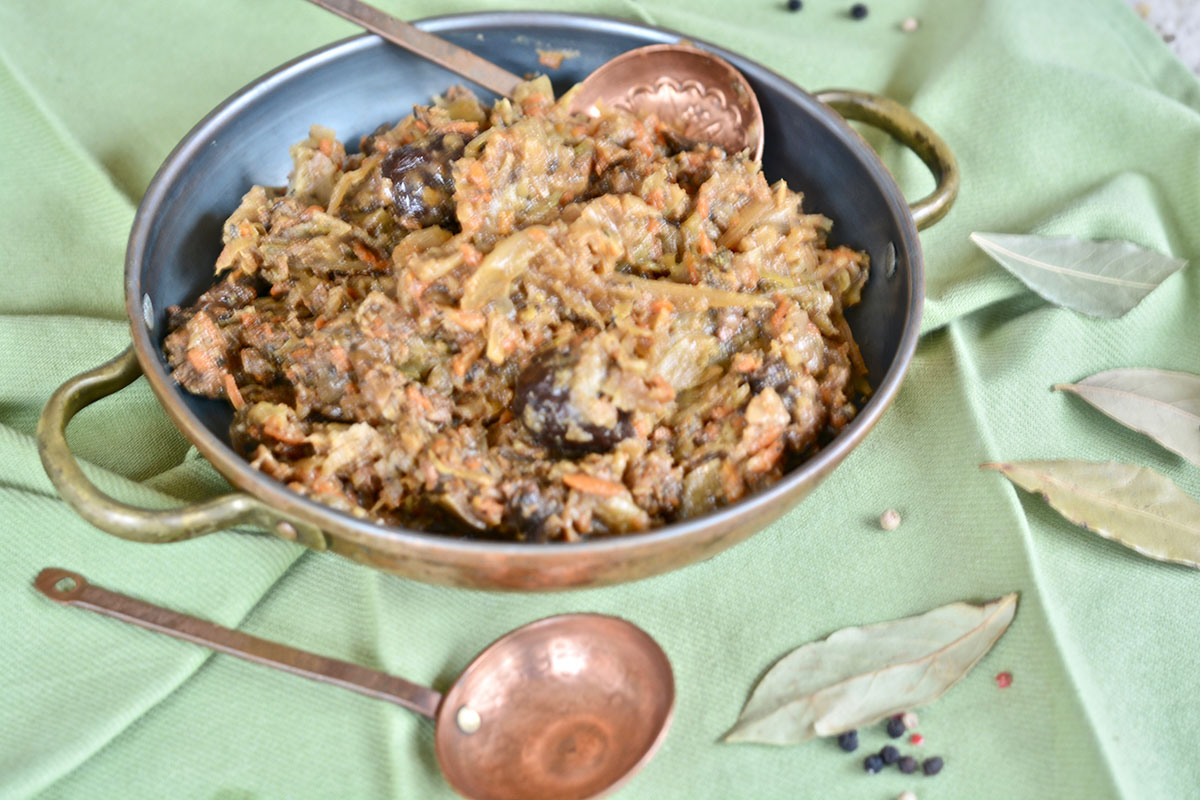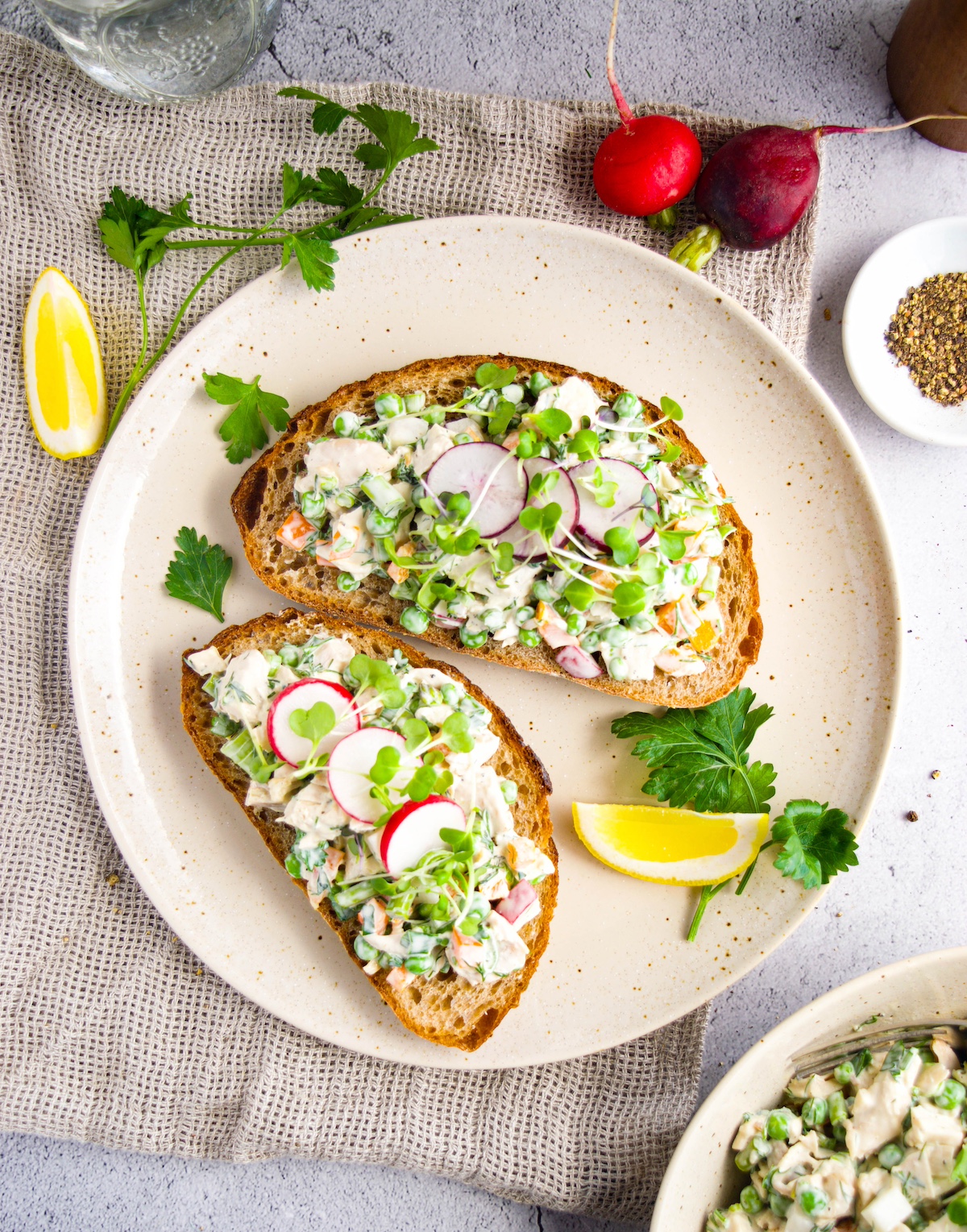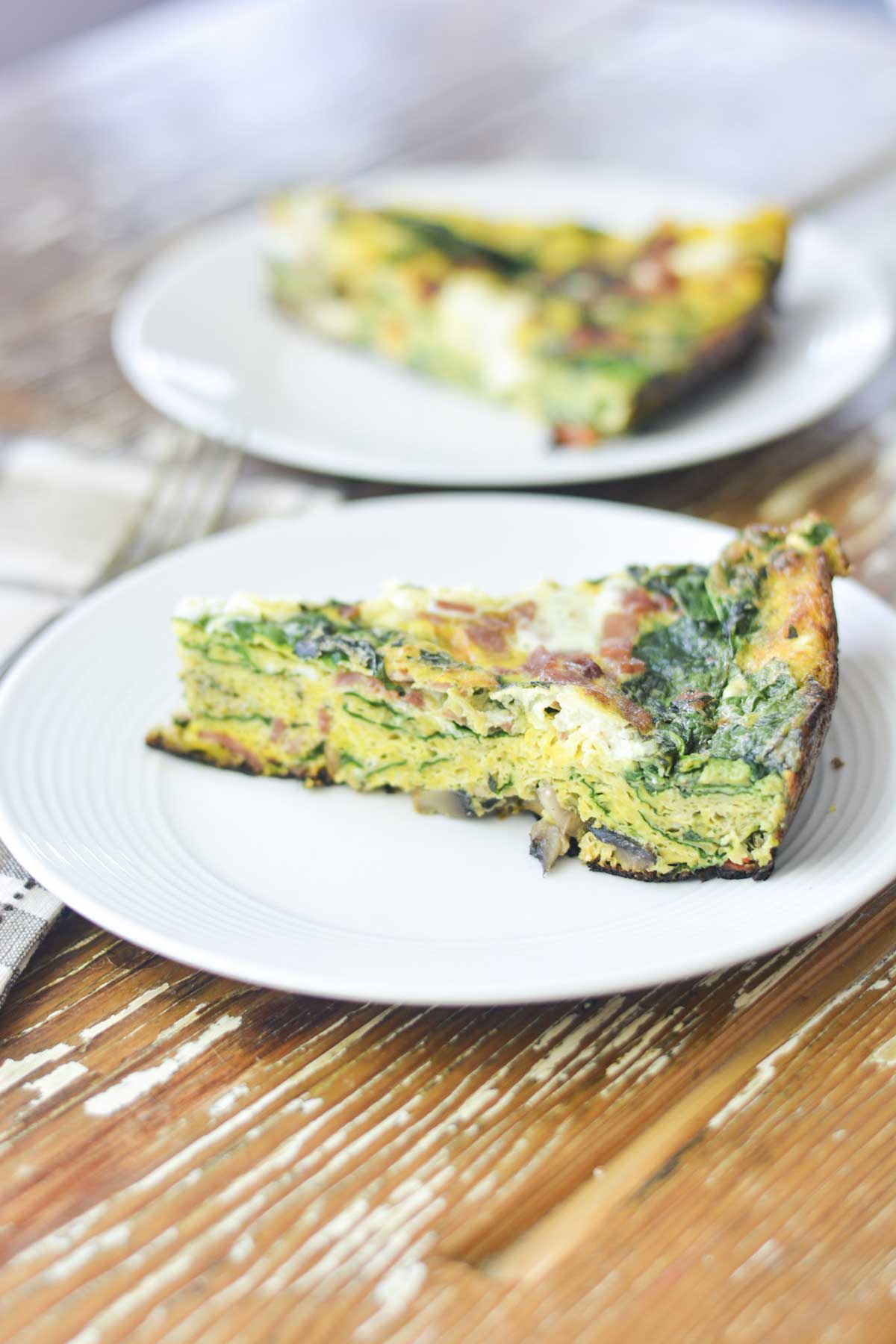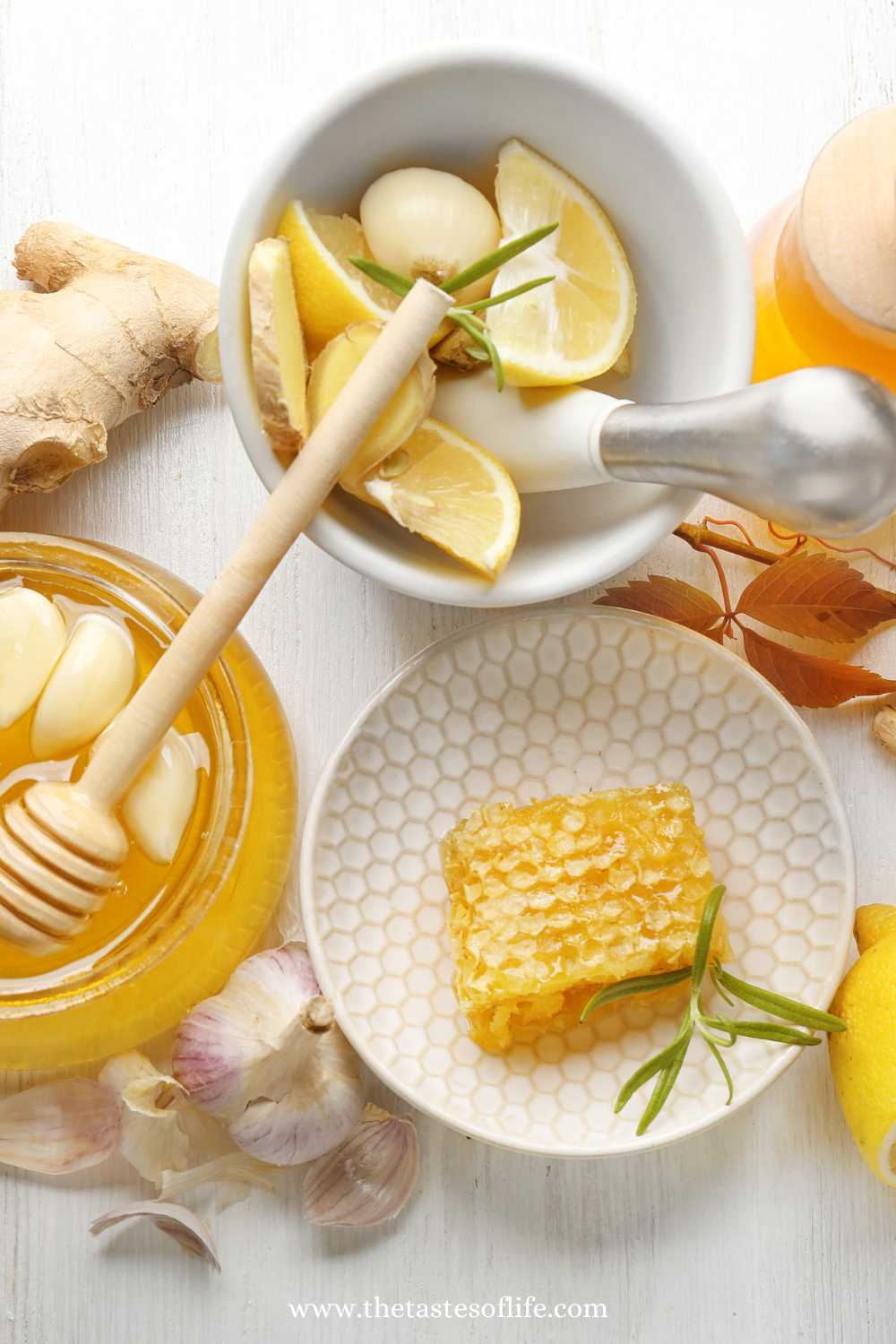How To Make Easy Homemade Mayonnaise Recipe
Why buy Mayonnaise from the store if you can make a fresh one at home? Fresh mayo tastes so much better, and it only requires 5 ingredients and 10 minutes! This easy homemade mayonnaise recipe is delicious, and foolproof and can be used for many recipes.

Make Easy Homemade Mayonnaise Recipe
With its creamy texture and tangy flavor, mayonnaise is a versatile condiment that can elevate any dish, from sandwiches to salads.
While store-bought mayo is convenient, making it at home is simple and allows you to customize the flavors to your liking. My family always made fresh mayo because there is no comparison between homemade and store-bought mayonnaise. We used to pick up fresh eggs from farmers’ markets and make fresh mayo for chicken salad or Polish root vegetable salad.
Why Homemade Mayo?
Apart from the satisfaction of creating something from scratch, homemade mayo allows you to control the quality of ingredients and customize the flavor to suit your preferences. Plus, it’s free from any preservatives or additives commonly found in store-bought versions. And you can use a better quality oil than the one used in store-bought mayo.
Whether you spread it on sandwiches, use it as a dip for fries, or incorporate it into dressings and sauces, homemade mayo adds a touch of freshness and flavor to any dish. So why not give it a try? With just a few simple ingredients and a little patience, you can elevate your dish’s flavor profile.
So, let’s explore the world of homemade mayo and discover just how effortless it is to create your own delicious spread so you never have to buy a may from a grocery store!

Ingredients For Homemade Mayo
- Egg: The egg serves as the base of the mayo and provides structure and richness. The yolk, in particular, contains lecithin. This natural emulsifier helps bind the oil and water-based ingredients together, resulting in a smooth texture. I was taught to separate the yolk from the whites and only make the mayo from the yolks, but you can use the whole egg.
- Vegetable Oil: Vegetable oil. Store-bought mayo uses soybean oil, sunflower, grapeseed, or canola oil, which are not healthy. I suggest avocado oil as a healthy oil and it is a neutral-flavored oil. You can also use a light olive oil. The oil is slowly incorporated into the egg mixture to form the emulsion that gives mayo its characteristic thickness.
- Fresh Lemon Juice or/and Vinegar: Acidic ingredients like lemon juice or vinegar add a tangy flavor to the mayo and help with emulsification. The acid interacts with the egg yolk to stabilize the emulsion, preventing the mixture from separating and resulting in a smoother texture. I like to use Apple cider Vinegar.
- Dijon Mustard: Dijon mustard is often used in mayo recipes for its flavor and emulsifying properties. It adds a subtle tanginess and depth of flavor to the mayo, helping stabilize the emulsion and improve its texture.
- Salt and Black Pepper: Salt also plays a crucial role in stabilizing the emulsion by controlling the interaction between the water and fat molecules.
Each ingredient plays a vital role in creating a perfect flavor, texture, and stability balance for homemade mayos. Understanding their functions allows you to confidently experiment with variations and tailor the recipe to your preferences.

How To Make The Foolproof Mayonnaise Recipe With Immersion Blender
- Add the egg, vinegar, mustard, lemon juice, and salt to the wide-mouth jar. Slowly pour the oil on top and let it sit for a minute.
- Place your immersion blender in the jar and press it firmly to the bottom, ensuring it covers the whole egg yolk. Turn it on and keep it pressed against the bottom of the jar for at least 15 seconds without moving it.
- Once the mayo emulsifies and thickens, slowly move the stick blender up and down to combine the ingredients thoroughly.
- Stir the mayo and place it in an airtight storage container or small jar in the refrigerator.
Instructions For Creamy Homemade Mayonnaise Recipe In The Food Processor
- Combine Ingredients: Add the egg yolks (or whole eggs), salt, lemon juice, and mustard.
- Process: Secure the lid of the food processor and turn it on to blend the ingredients together. Process for a few seconds until everything is well combined.
- Slowly Add Oil: With the food processor running, add the oil very slowly through the feed tube. Pour it in a thin, steady stream to facilitate emulsification process. This process should take around 2-3 minutes.
- Continue Blending: As you add the oil, you’ll notice the mixture thickening and emulsifying to form a creamy consistency. Continue blending until all the oil has been incorporated and the mayo has reached your desired thickness.
- Adjust Seasoning: Taste the mayo and adjust the seasoning if needed.
- Transfer and Store: Spoon the freshly made mayo into a clean jar or airtight container. Seal it tightly and store it in the refrigerator. Label the container with the date of preparation for reference.

Tips for Success Foe Easy Homemade Mayonnaise
- Use room temperature ingredients, especially room temperature egg, for better emulsification. If you use cold eggs, the mayo will not emulsify. I like to use fresh pasture-raised eggs.
- Always use fresh ingredients, especially eggs.
- Feel free to experiment with olive or other oils for flavor profiles.
- If your mayo is too thick, thin it with a bit of water or more lemon juice.
- Combine minced garlic, fresh herbs, or spices to add variation to create flavored mayo blends.
Equipment
- Blender or Immersion Blender: A blender or food processor is essential for emulsifying the ingredients and creating the creamy texture of the mayo. These appliances allow you to mix the egg, oil, and other ingredients thoroughly, resulting in a smooth and uniform consistency.
- Measuring Utensils
- Storage Container
- Optional: Hand Whisk: While a blender or food processor is the preferred tool for making mayo, you can also use an r hand whisk if you don’t have access to the other appliances. These alternatives require a bit more effort and may not achieve the same level of smoothness, but they can still yield satisfactory results.
How to store it
To store easy homemade mayo recipe, transfer it to an airtight container and refrigerate promptly. Use within 5 days for optimal freshness. Remember to stir before each use to maintain consistency. Avoid freezing, as it may affect texture.
This easy mayo recipe is perfect for sandwiches, salad dressing, potato salad, tuna salad, and egg salad.
Enjoy the convenience and flavor of homemade mayo whenever you need it!
Did you make this recipe?
Please let me know how it turned out for you! Leave a comment below and share a picture on Instagram with the hashtag #thetastesoflifeholisticblog
More Condiment Recipies
Dairy-Free Decadence: Creamy Cashew Elegance
Savory Roasted Strawberries Dressing
Fermented Lemons: How to Preserve Lemons with Salt
Yum





